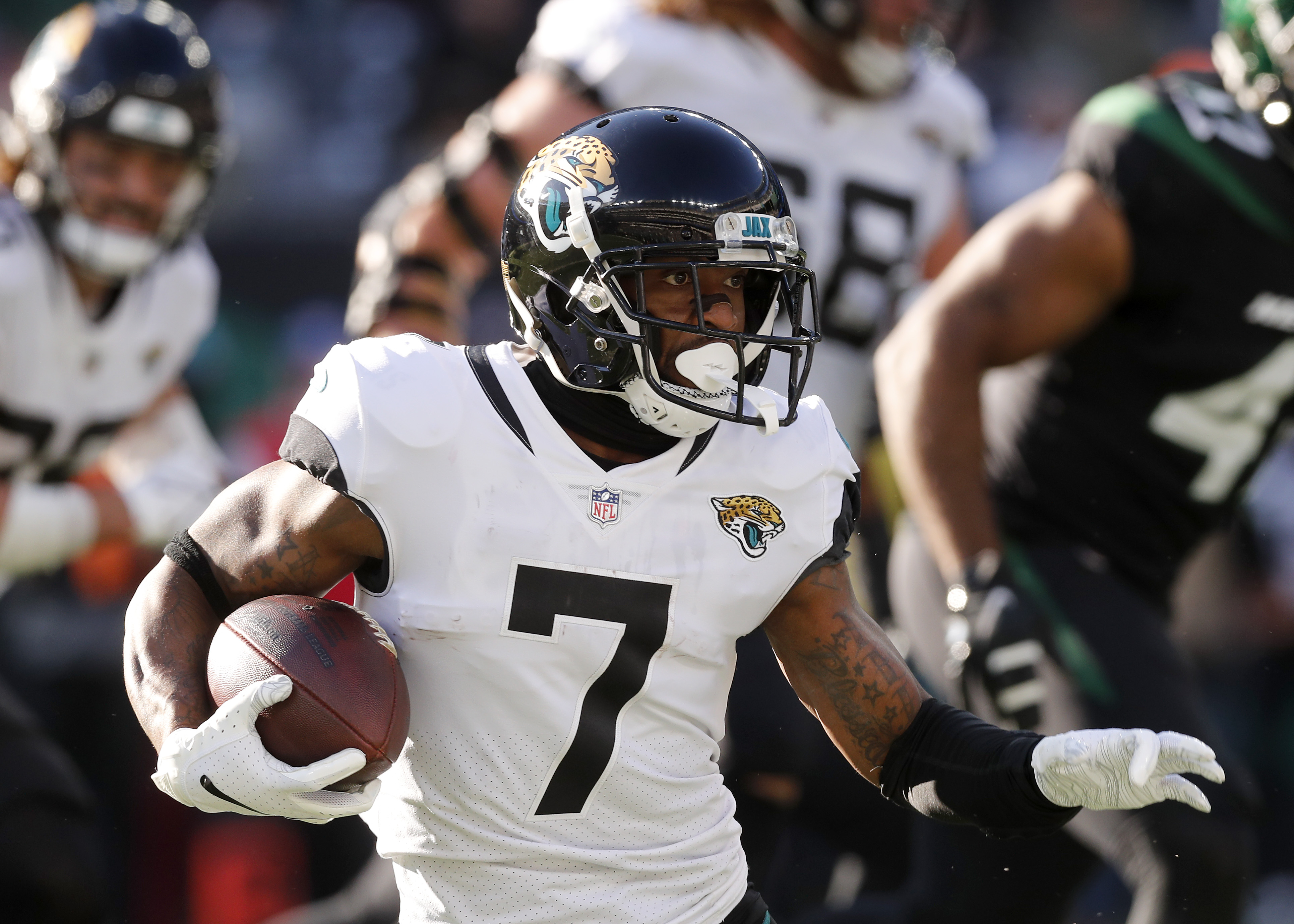The Trayvon Martin Case
/arc-anglerfish-arc2-prod-dmn.s3.amazonaws.com/public/TZ5MRTSLXSIGTE23CADDPJLVIQ.jpg)
The Trayvon Martin case, a tragic event that occurred in 2012, sparked nationwide protests and ignited a conversation about race, gun control, and self-defense laws. The case involved the fatal shooting of 17-year-old Trayvon Martin by George Zimmerman, a neighborhood watch volunteer. This event led to a complex legal battle, raising questions about racial profiling, stand-your-ground laws, and the role of community policing.
Timeline of Events
The Trayvon Martin case unfolded over several months, culminating in a trial that captured the attention of the nation. The following timeline provides a chronological breakdown of the key events:
- February 26, 2012: Trayvon Martin, a 17-year-old African American, was shot and killed by George Zimmerman, a neighborhood watch volunteer, in Sanford, Florida. Martin was returning from a convenience store with a bag of Skittles and a can of iced tea. Zimmerman, who had called 911 to report a “suspicious person,” claimed he acted in self-defense after Martin attacked him.
- March 11, 2012: Zimmerman was arrested and charged with second-degree murder. The case attracted widespread media attention, with many questioning the circumstances surrounding Martin’s death and Zimmerman’s claim of self-defense.
- July 13, 2012: Zimmerman’s trial began in Sanford, Florida. The trial lasted six weeks and included testimony from witnesses, experts, and the defendants themselves.
- July 13, 2013: Zimmerman was acquitted of all charges. The jury, composed of six women, found that Zimmerman’s actions were justified under Florida’s stand-your-ground law, which allows individuals to use deadly force if they feel threatened.
- July 17, 2013: Protests erupted across the country in response to the verdict, with many expressing outrage and frustration over the outcome of the trial. The case became a symbol of racial injustice and the need for reform in the criminal justice system.
Legal and Social Implications of the Case: Tayvon Austin

The Trayvon Martin case sparked a national conversation about race, justice, and self-defense laws, leaving an indelible mark on American society. It ignited a legal battle, with the trial, verdict, and subsequent appeals generating widespread attention and controversy. The case also highlighted the stark racial disparities in the criminal justice system and fueled the Black Lives Matter movement, impacting social and political discourse for years to come.
Legal Proceedings, Tayvon austin
The trial of George Zimmerman, who fatally shot Trayvon Martin, took place in 2013. Zimmerman was charged with second-degree murder, but the jury ultimately acquitted him on all charges, citing Florida’s “Stand Your Ground” law, which allows individuals to use deadly force if they feel threatened. The trial proceedings were highly publicized, with intense media coverage and public scrutiny of both the prosecution and defense teams. The verdict sparked protests and outrage across the country, prompting calls for justice and accountability. The case also led to a re-examination of Florida’s “Stand Your Ground” law, with some arguing that it encouraged vigilantism and racial bias in self-defense claims.
The Case’s Influence on Public Discourse and Policy

The Trayvon Martin case ignited a national conversation about race, justice, and gun control, leaving a lasting impact on public discourse and policy. It sparked protests, ignited heated debates, and prompted legal and social reforms, highlighting the complexities of race relations, self-defense laws, and the role of race in the justice system.
The Case’s Impact on Race and Justice Discourse
The case fueled a national conversation about race and justice, bringing to the forefront issues of racial profiling, implicit bias, and the disproportionate impact of the justice system on Black Americans. It sparked a wave of protests, rallies, and social media campaigns, raising awareness about racial disparities in the criminal justice system and the need for systemic reforms.
- The case highlighted the issue of racial profiling, with many arguing that Martin was targeted due to his race. The case also exposed the potential for implicit bias in law enforcement, where unconscious biases can influence decision-making.
- The acquittal of Zimmerman fueled the Black Lives Matter movement, which brought national attention to police brutality and racial injustice. The movement has since become a powerful force for social change, advocating for policy reforms and increased accountability in the criminal justice system.
- The case also raised concerns about the Stand Your Ground law, which allows individuals to use deadly force if they feel threatened. Critics argue that the law encourages vigilantism and disproportionately impacts communities of color.
Tayvon Austin, the speedster with the electric moves, was a blur on the field. But even he couldn’t match the resilience of Stedman Bailey , who faced his own challenges head-on. Now that’s a guy who could teach you a thing or two about perseverance, even if Tayvon could probably outrun him in a footrace.
You know, Tayvon Austin, the speedy wide receiver, he’s got some serious wheels! But let’s not confuse him with tayvon austin , who was tragically caught in a situation that brought national attention to race and justice. One’s a football star, the other a name forever etched in history.
Both, unfortunately, share a similar name, reminding us of the power of a name and the impact it can have.
